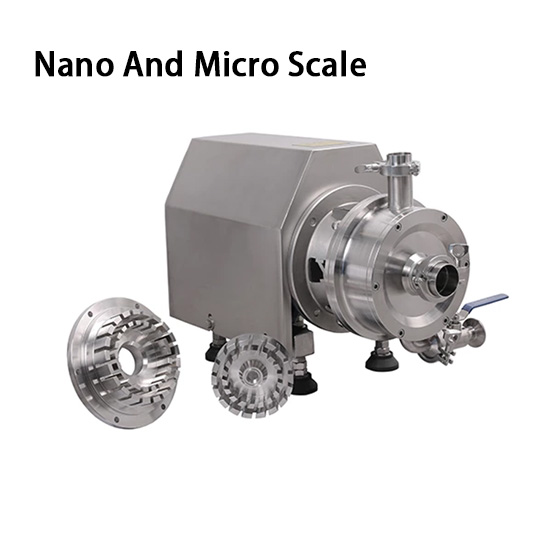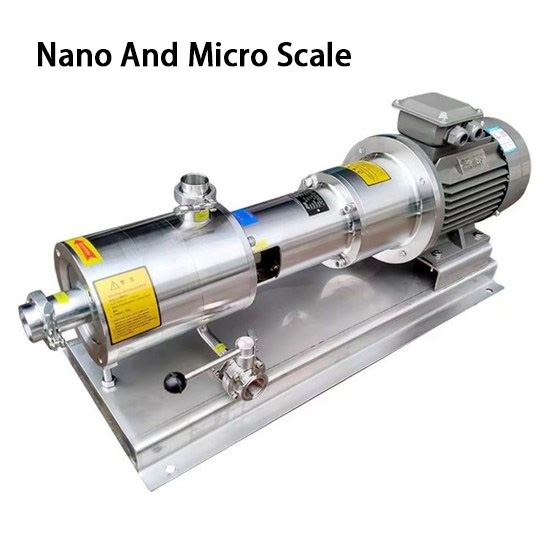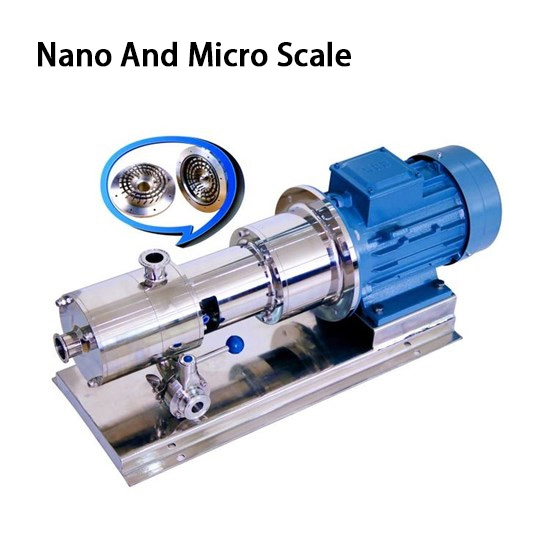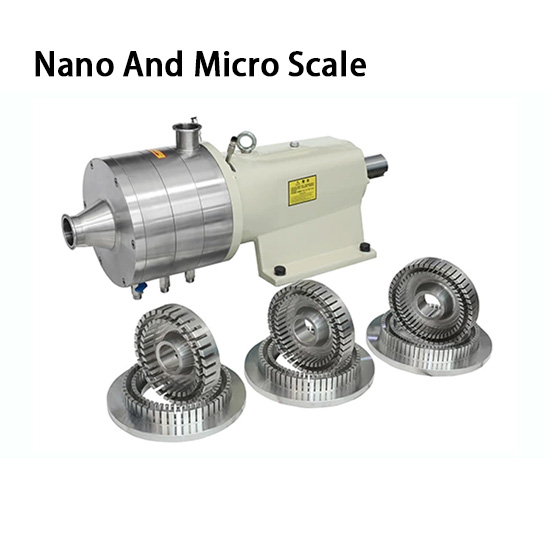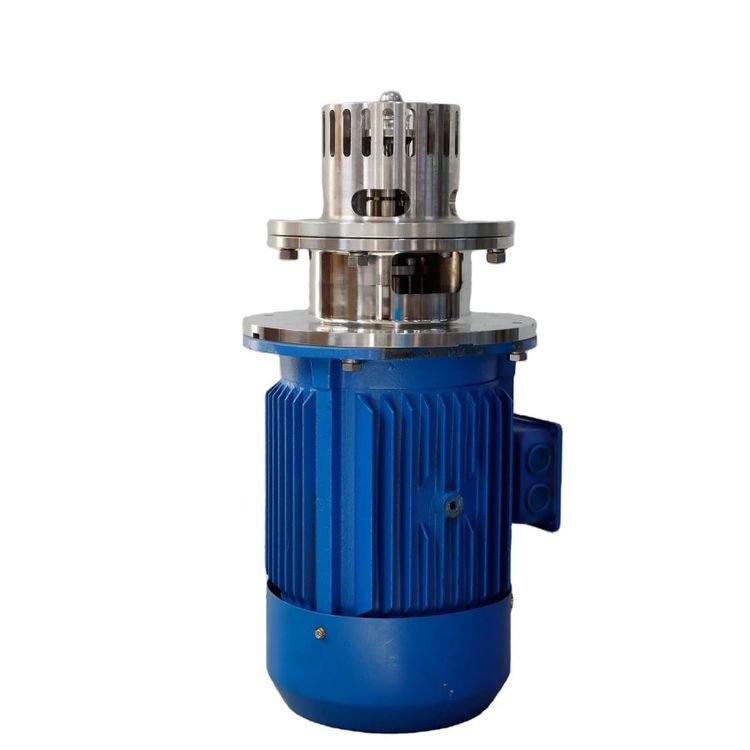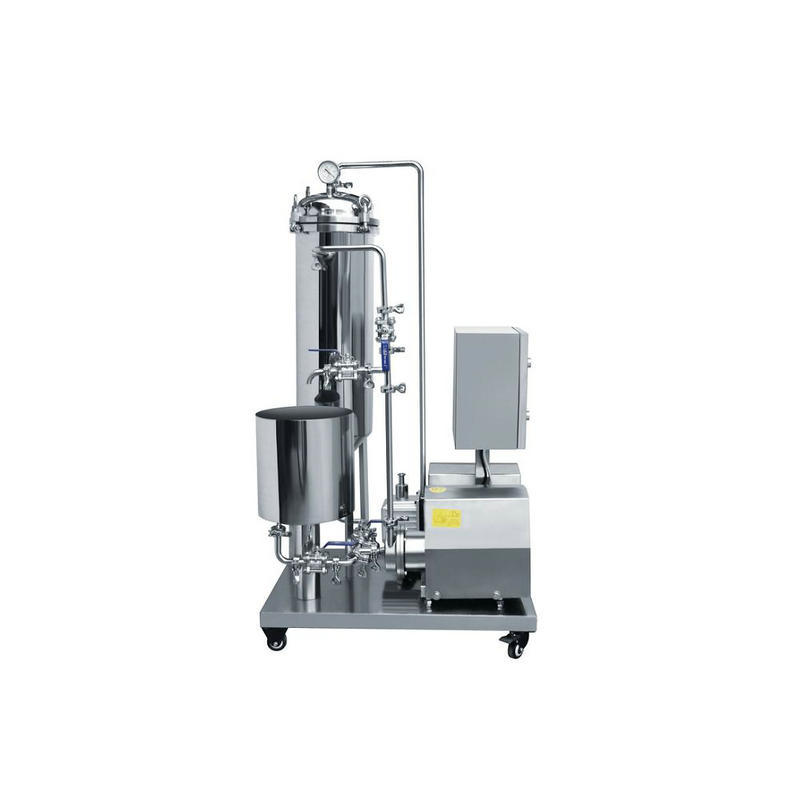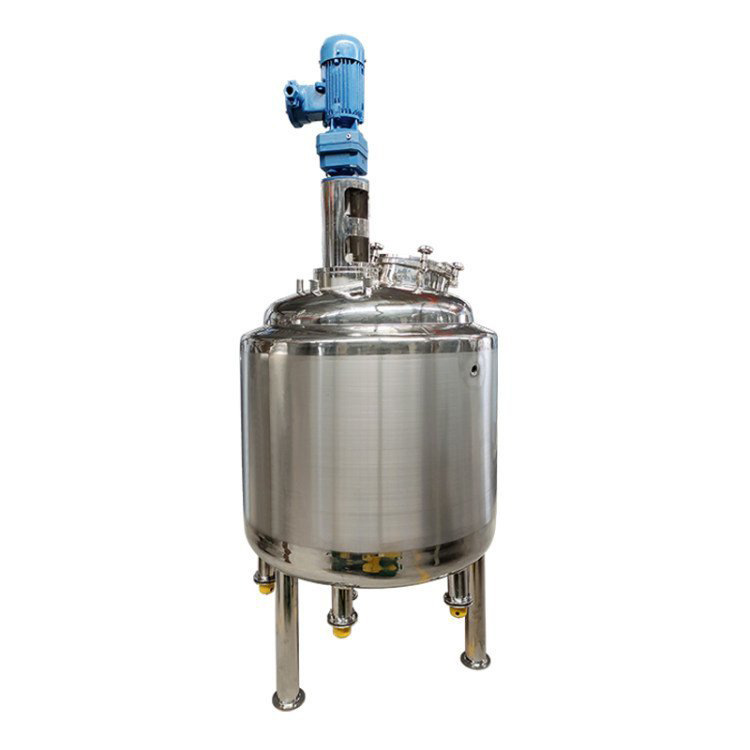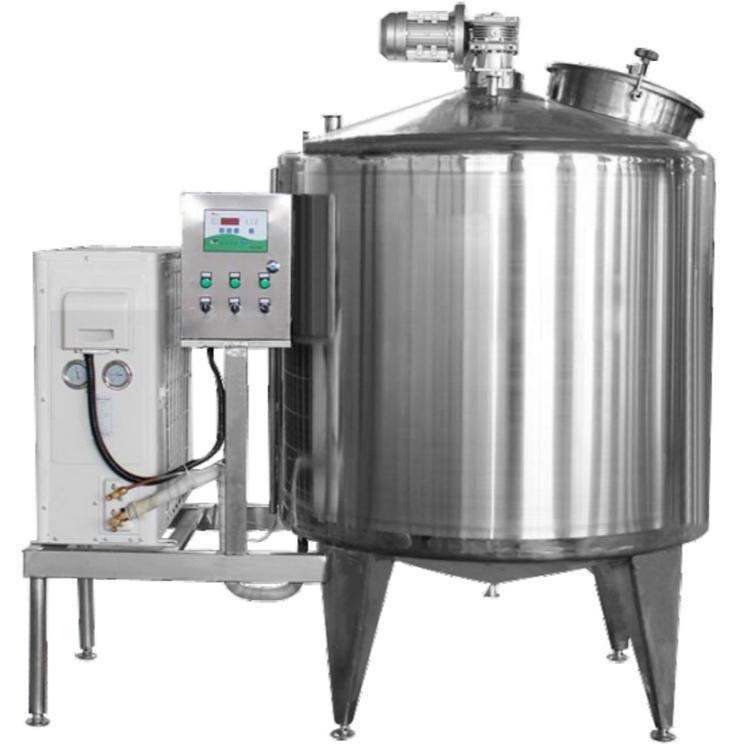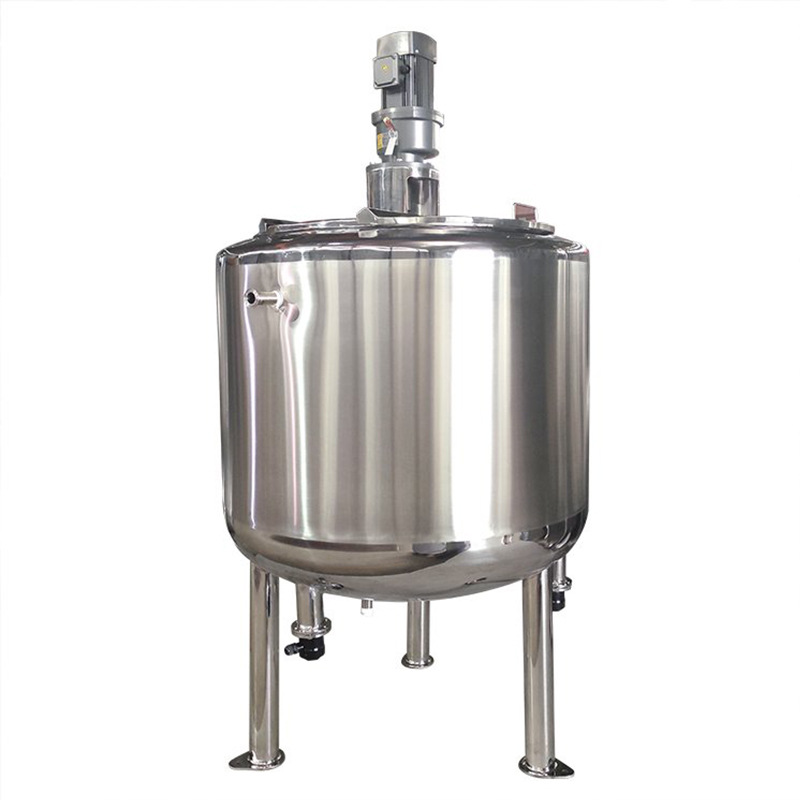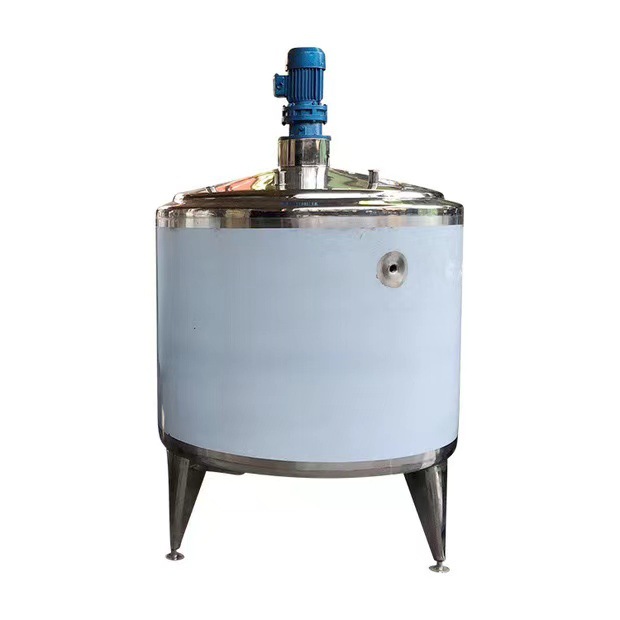Everyone Who Makes Cosmetics, Please Read This! A Must-read For Selecting Emulsifying Tanks~
The selection of Emulsification Pump is a process of comprehensive consideration of many factors. The following are some key selection steps and considerations:
1. Clarify production requirements
Material handling capacity: According to the production plan, determine the amount of material that needs to be handled per hour or per day, which will directly affect the volume selection of the emulsification tank.
Emulsification effect requirements: Different products have different requirements for emulsification effects, such as shear fineness, mixing uniformity, etc. It is necessary to select an emulsification tank with corresponding emulsification effects according to the specific requirements of the product. SPA-650 homogenizing emulsification tank
2. Consider material and hygiene
Material selection: The material of the emulsification tank should be corrosion-resistant, easy to clean and meet hygiene standards. Stainless steel is one of the commonly used materials because of its good corrosion resistance and hygiene performance.
Sanitary standards: Ensure that the design of the emulsification tank meets relevant hygiene standards to prevent contamination and cross-infection.
3. Evaluate functions and configurations
Heating and cooling systems: According to the production process requirements, select an emulsification tank with heating or cooling functions.
Stirring system: The type and speed of the stirring system will affect the emulsification effect. According to the material characteristics and emulsification requirements, choose a suitable mixing system.
Other configurations: such as the configuration of accessories such as control box, manhole, observation window, pressure gauge, level gauge, etc., should also be selected according to actual needs.
4. Consider space limitations
When choosing an emulsification tank, you need to consider the space limitations of the workshop or production line. Make sure that the selected equipment can adapt to the existing space layout to avoid space waste or production inconvenience.
5. Refer to industry standards and production practices
When choosing an emulsification tank, you can refer to industry standards and production practices to understand the common emulsification tank models and specifications on the market and their performance in actual applications. This helps to make a more informed choice.
6. Understand suppliers and services
Supplier reputation: Choose suppliers with good reputation and reputation to ensure product quality and after-sales service.
Technical support: Understand whether the supplier provides technical support and training services to help operators better master the use and maintenance of the equipment.
In summary, the selection of emulsification tanks needs to comprehensively consider production needs, materials and hygiene, functions and configurations, space limitations, suppliers and services and other factors.
By carefully evaluating these factors and referring to industry standards and production practices, the most appropriate emulsification tank can be selected for the production process.
